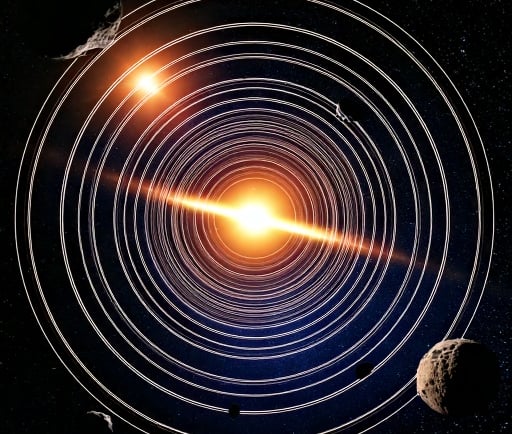61 Cygnia: A Planet-less System


Introduction to 61 Cygnia
61 Cygnia is a fascinating star system located approximately 14.5 light-years away in the constellation of Cygnus. This system has garnered attention for its unusual characteristic: it appears to host no planets. The absence of planetary bodies surrounding this star raises intriguing questions about the formation and evolution of planetary systems in our universe.
Understanding the Structure of 61 Cygnia
At the heart of the 61 Cygnia system lies the star itself, which is classified as a K-type main-sequence star. K-type stars are cooler and dimmer than their solar counterparts, often leading to unique interactions with any potential orbiting bodies. However, in the case of 61 Cygnia, observatories have found no evidence of planets, moons, or other celestial bodies. This discovery challenges our traditional views of star formation and the necessary conditions for the emergence of planets.
The Implications of a Planetless Star System
The absence of planets in the 61 Cygnia system opens up a plethora of questions for astronomers and astrophysicists. One such question pertains to the dating of this star system. It's possible that 61 Cygnia formed in a region of space where the conditions were not conducive to planet formation, or perhaps, it is a system that has lost its planets due to gravitational interactions with other bodies or stars.
Moreover, studying 61 Cygnia provides a unique opportunity to rethink our existing models of planetary formation. It signifies a rare type of star system that exists in the galaxy, potentially offering new insights into the diversity of systems that can be formed around stars. Researchers are continually exploring these unique systems to understand what factors might inhibit or accelerate planet formation.
Additionally, the study of star systems like 61 Cygnia contributes valuable data to the ongoing search for exoplanets. By identifying and studying systems that lack planets, astronomers can refine their methods for detecting celestial bodies in other systems, enhancing the effectiveness of future discoveries in the hunt for life beyond Earth.
Conclusion
In conclusion, the 61 Cygnia system serves as an important case study in the realm of astrophysics, illustrating the vast diversity of star systems in our galaxy. Its unique characteristic of being planetless offers vital clues to our understanding of cosmic evolution and the factors that influence the development of planetary systems. As research continues, 61 Cygnia stands out as a beacon for further exploration, compelling us to revisit our assumptions about star and planet formation.
